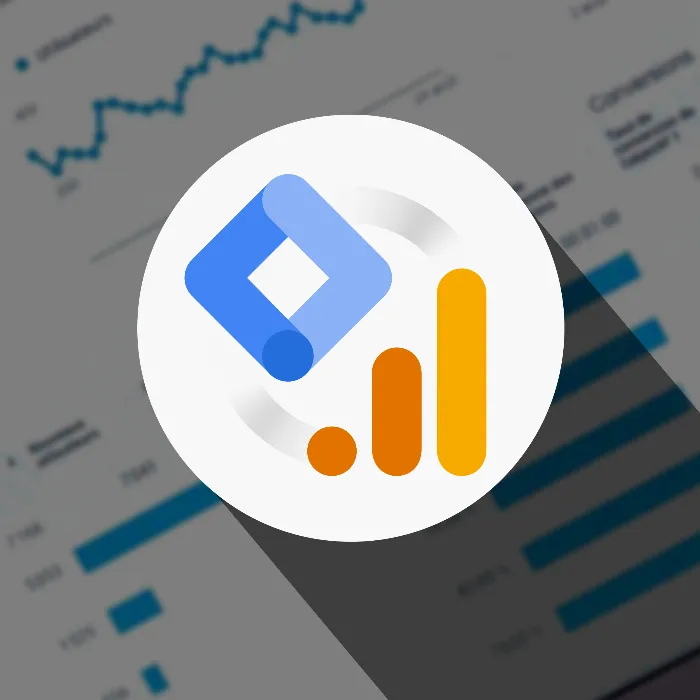If you are dealing with Google Analytics, you have probably already heard of the extensive options that the platform provides to analyze your website data. One of the most valuable features available to you are the comparisons. These allow you to directly compare different time periods or user groups to gain valuable insights into user behavior.
In this tutorial, you will learn how to set up and interpret comparisons in Google Analytics to make the best use of your data.
Key Insights
- Comparisons enable easy analysis of user behavior across time periods or dimensions.
- Up to five different dimensions can be compared simultaneously.
- Some demographic data such as gender or interests are currently not tracked in Google Analytics 4.
Step-by-step guide
Basic comparisons in the Acquisition report
To create comparisons in Google Analytics, start in the Acquisition report. In the dashboard, you will see statistics of users who have visited your website in the last 30 days. To set a comparison, you can adjust the time interval directly.
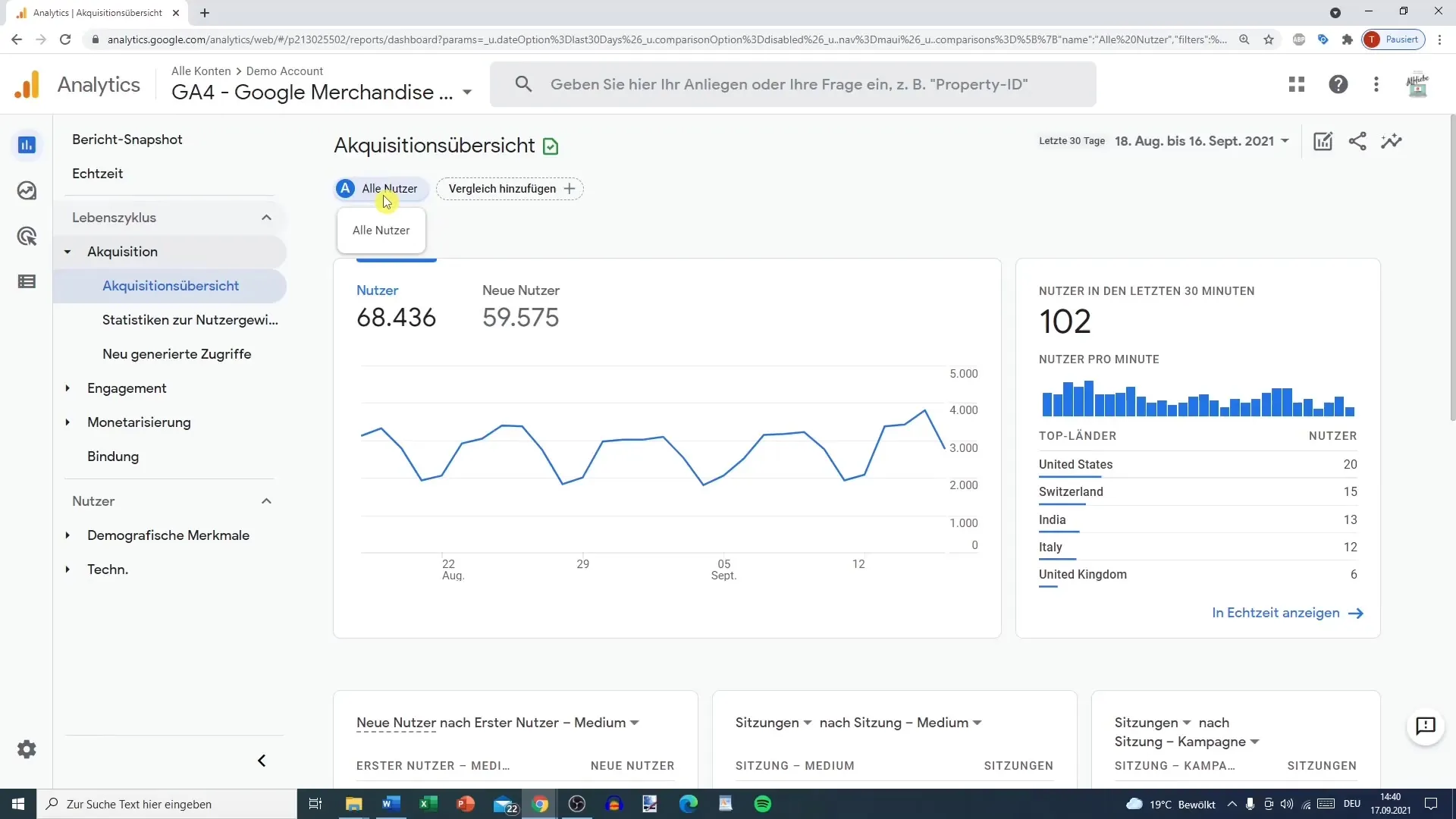
Comparing time periods
Click on the "Compare" button and choose the desired time period, for example, the last 30 days compared to the previous 30 days. The previous period will be displayed in a dashed line, while the current period will be represented by a solid line.
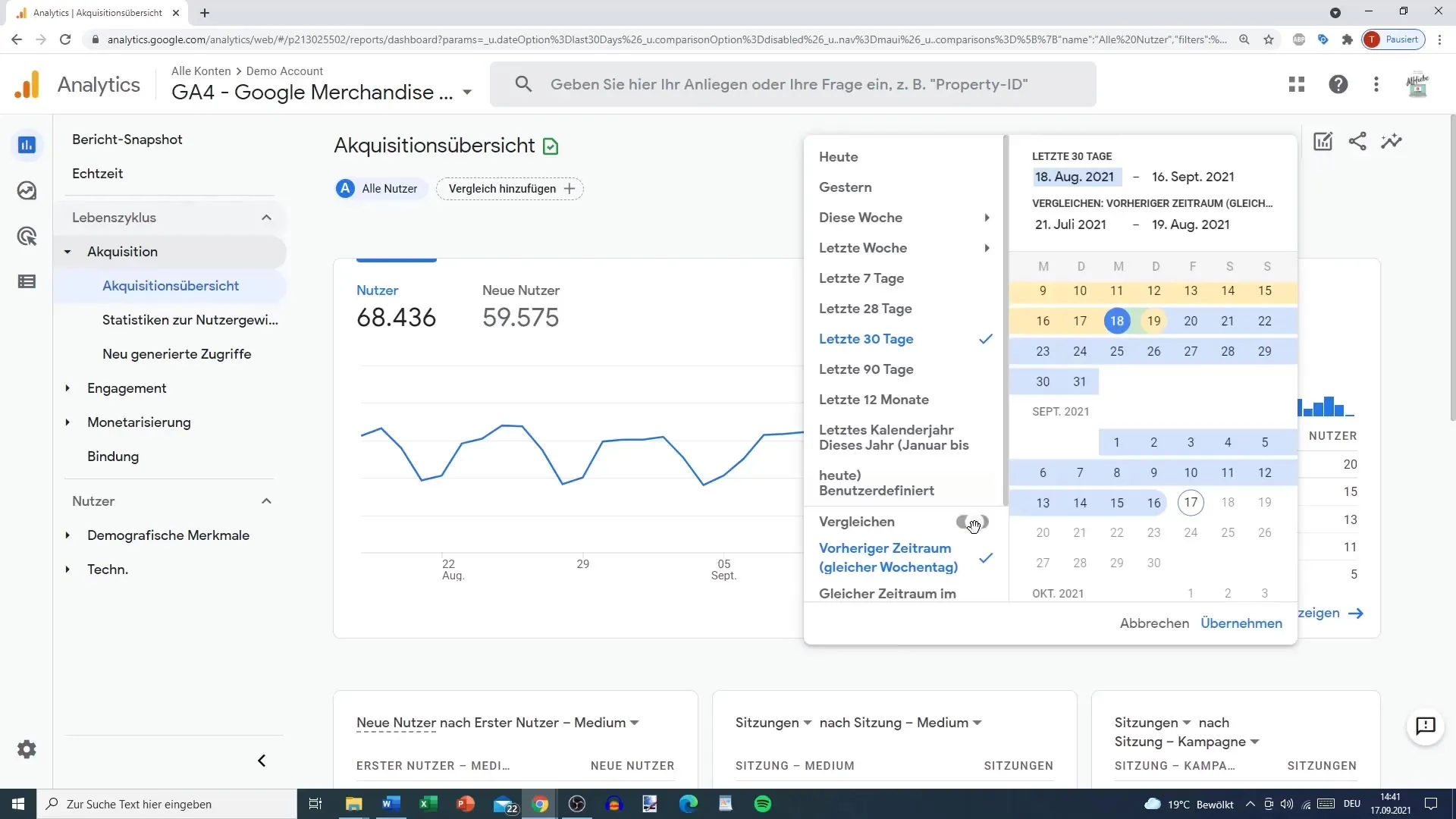
Analysis of percentage changes
When zooming into the data, you will also notice a percentage change compared to the previous week or month. For example, you will see if the number of users has increased or decreased and how significant these changes are.
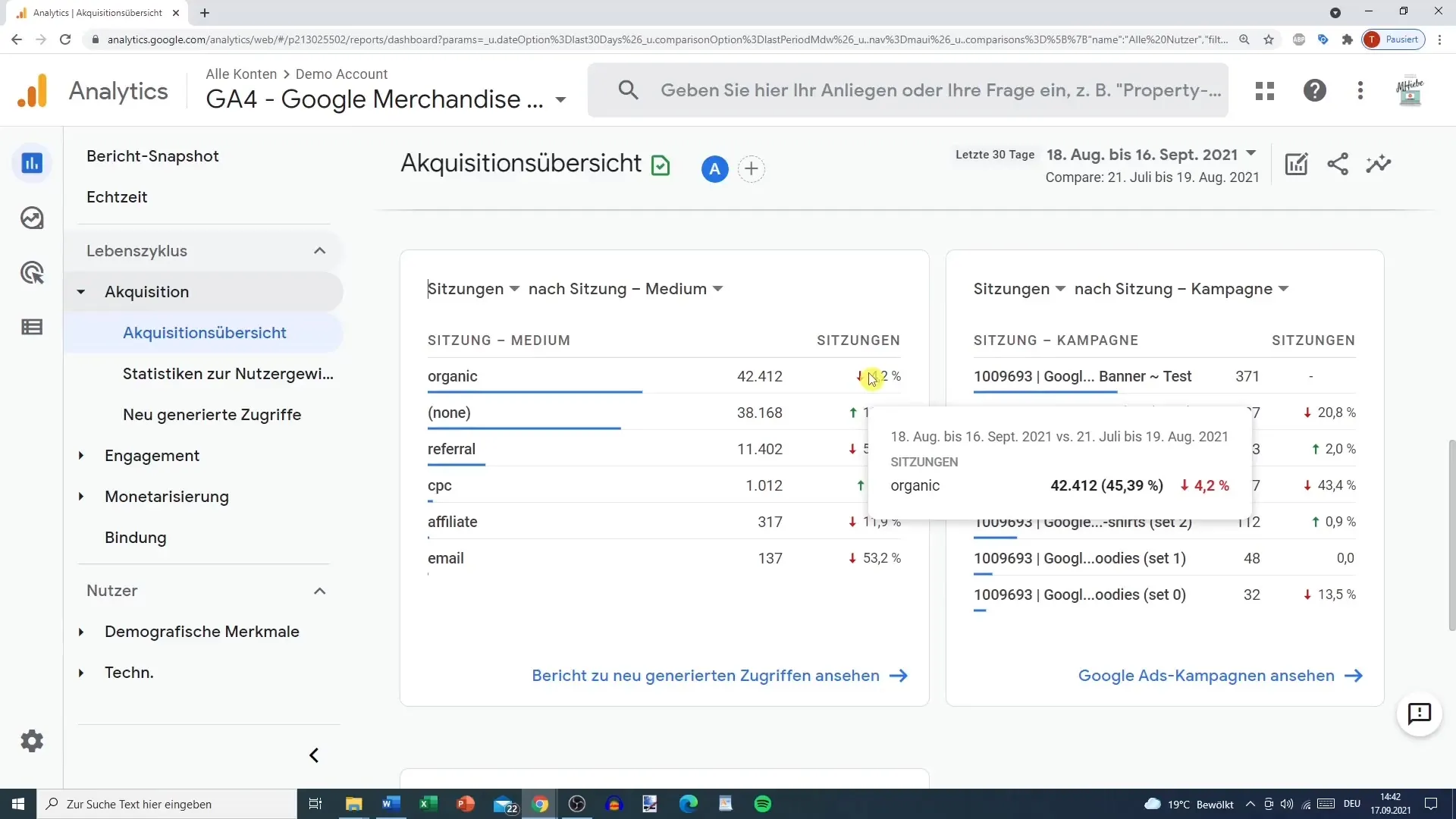
Adding dimensions to the comparison
Another step is to add dimensions to your comparison. In general, you can choose up to five dimensions. Go to "Add Comparison" and decide which dimensions you want to capture, for example, the language of the users.
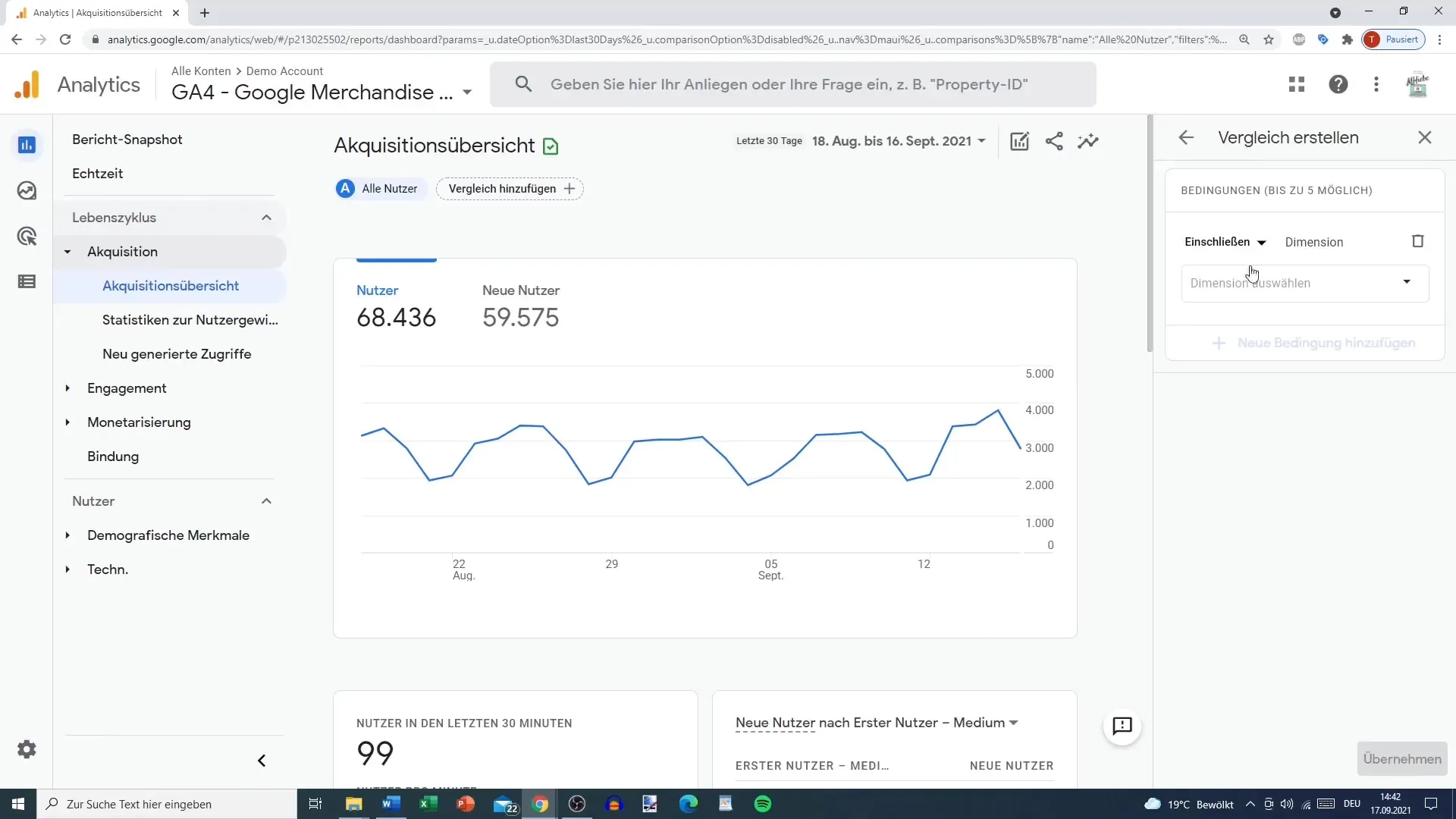
Comparing language categories
For example, if you exclude all users who speak English, you will get a clear impression of the users who speak a different language. This can be very enlightening, especially for analyzing regional differences in usage.
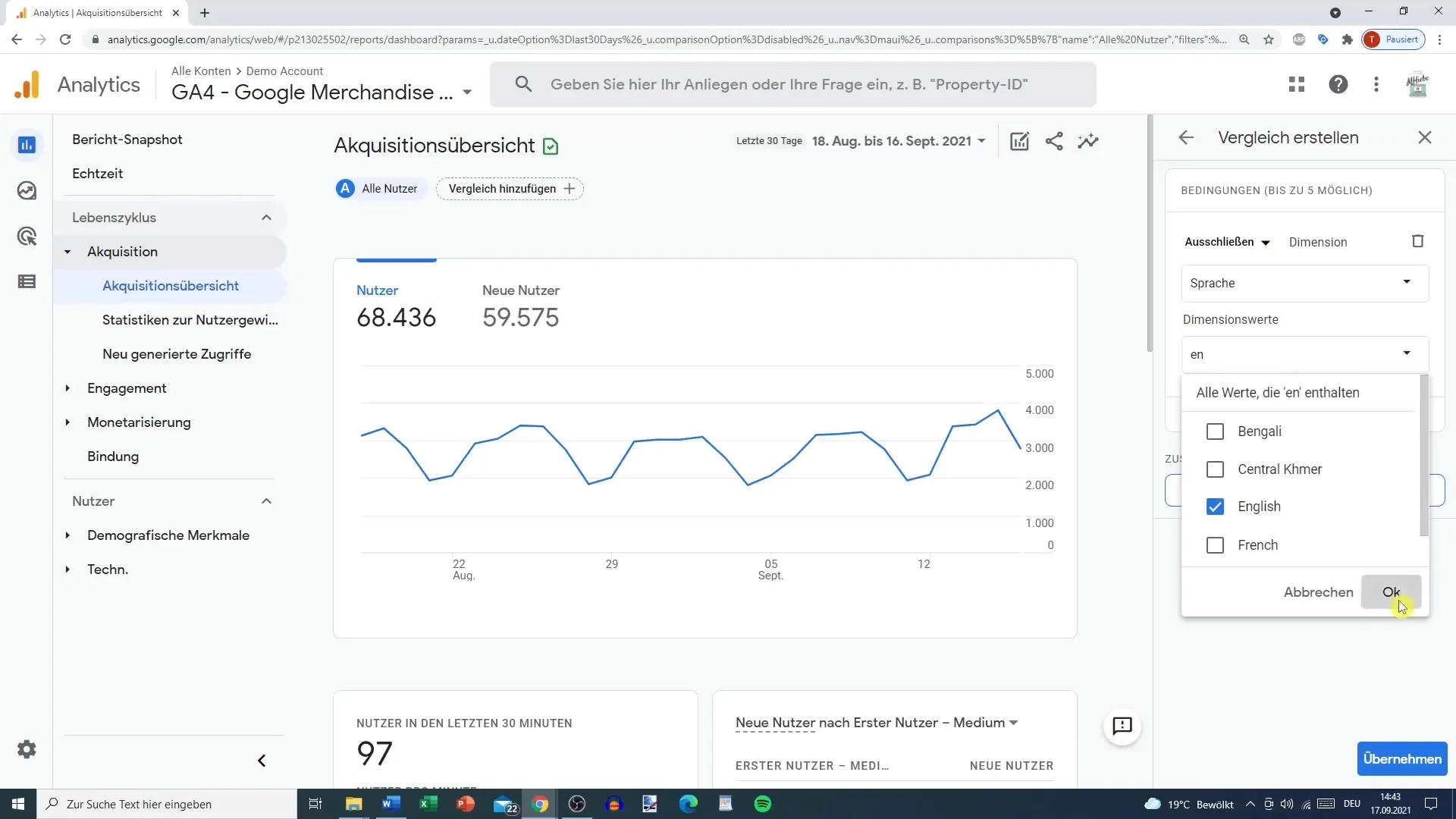
Applying the comparison to other reports
Any comparison set up once will be retained and applied when switching to other reports. So you can always add the existing comparisons to new reports to conduct consistent data analyses.
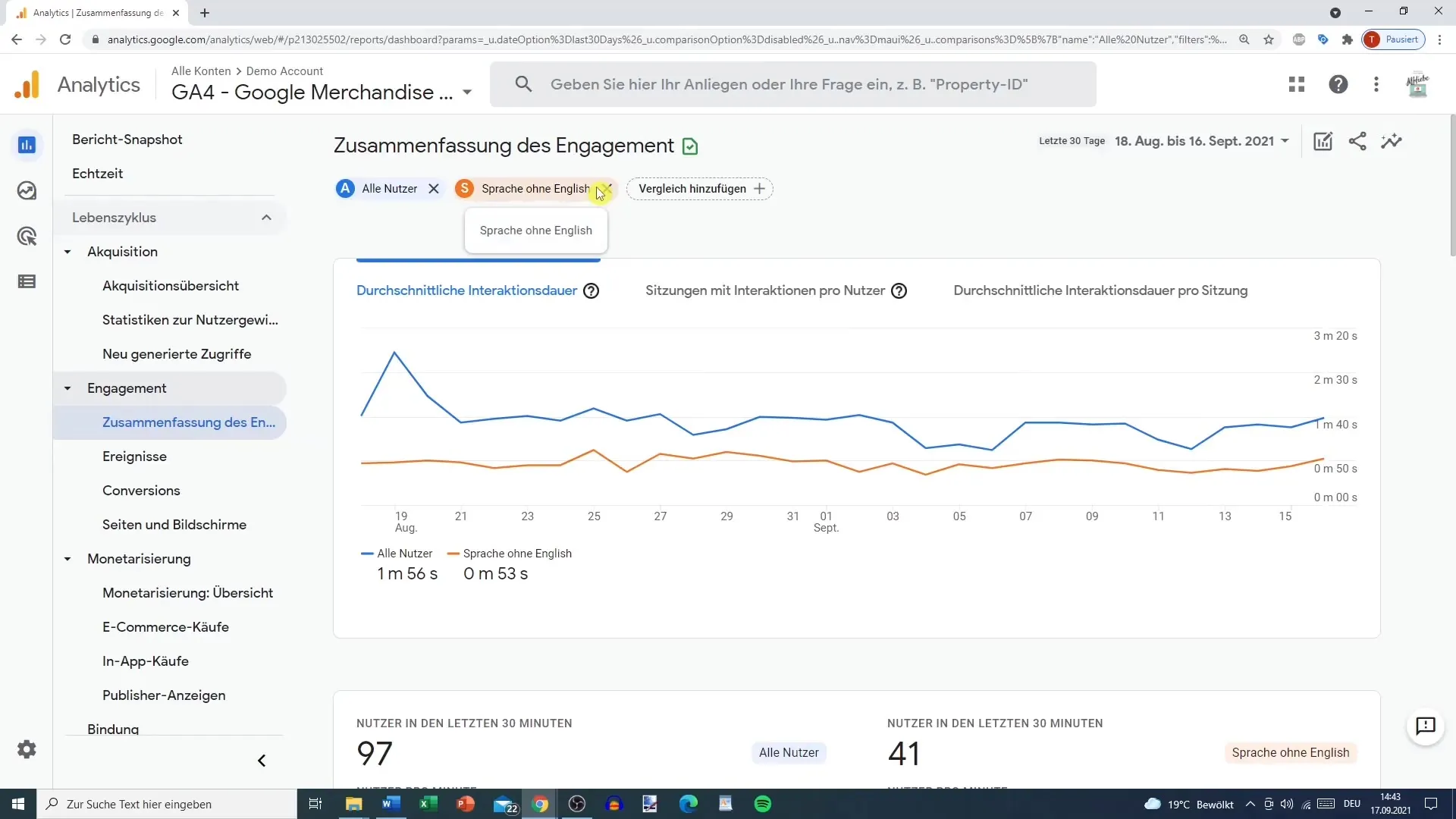
Combining multiple dimensions
Another helpful approach is the possibility of combining multiple dimensions. For example, if you want to exclude both the country and language of the users, you can also do so. This way, you can analyze very specific user behavior.
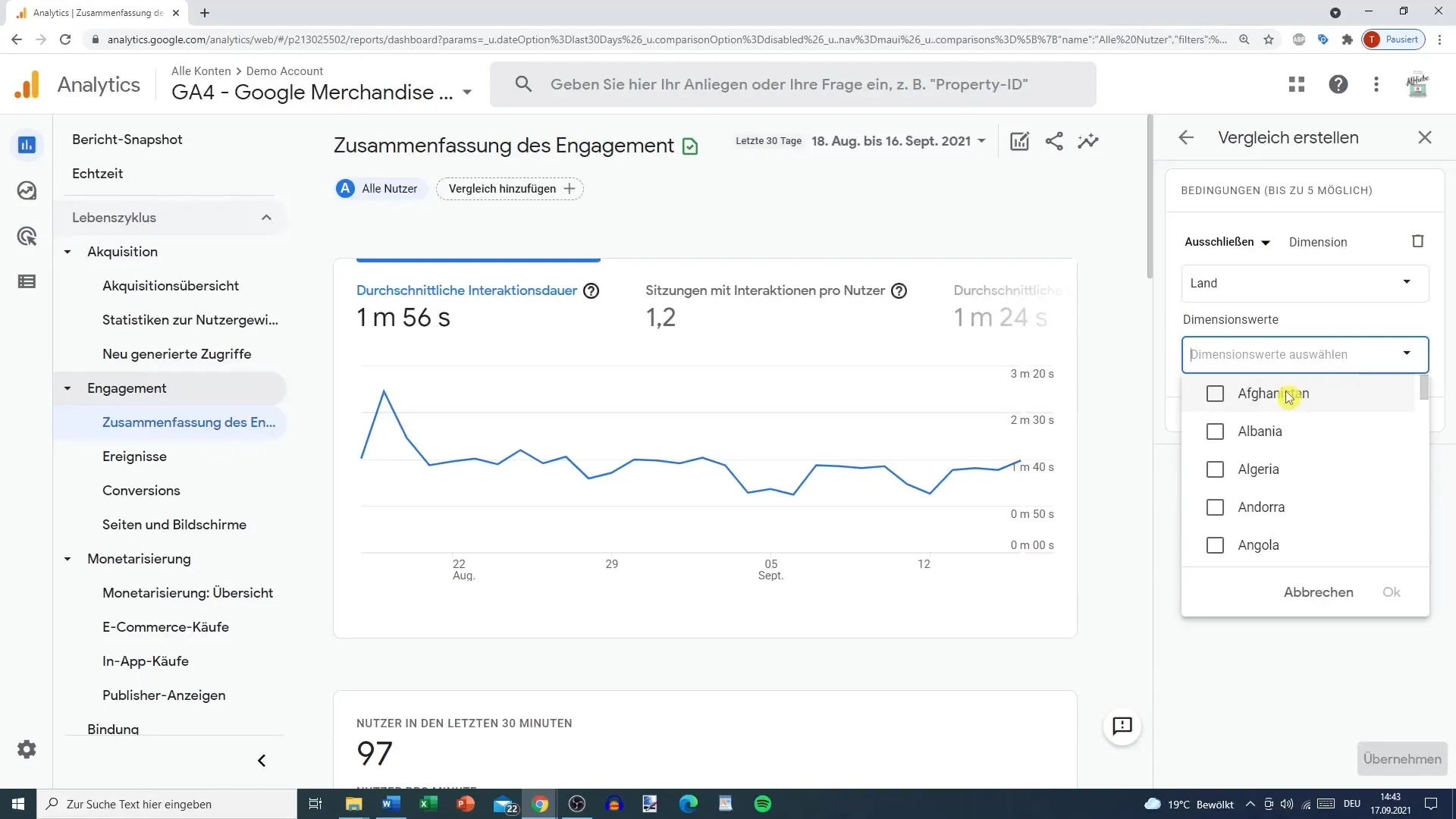
Deeper analysis
For example, if you only want to compare users from the USA to users from the United Kingdom, you have the option to compare these specific groups. You will see that differences in user interaction and page views exist.
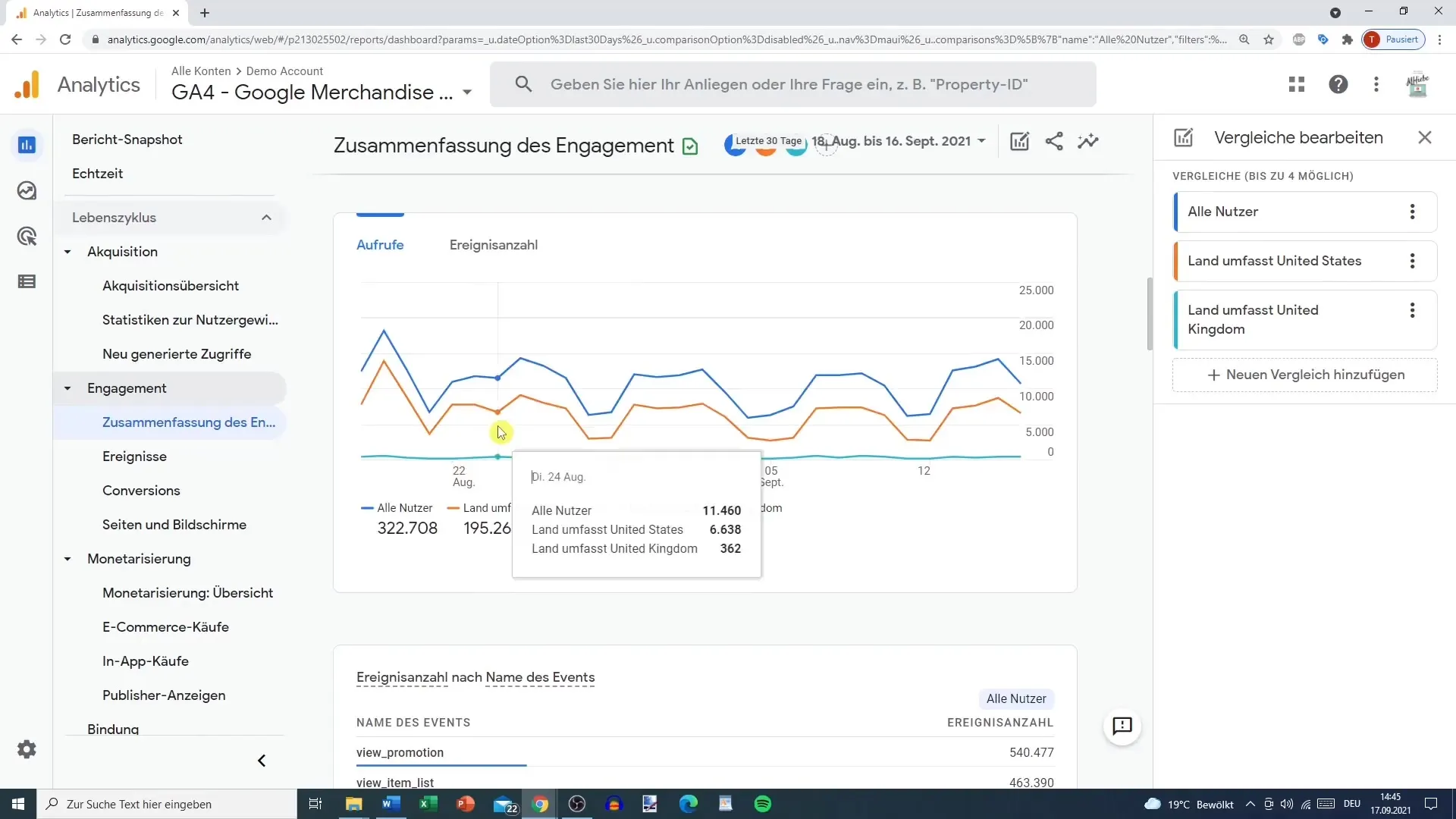
Important notes on data availability
Be aware that not all demographic data is readily available in Google Analytics 4. Currently, user gender and interests are not being tracked, which means that you cannot consider certain dimensions when comparing.
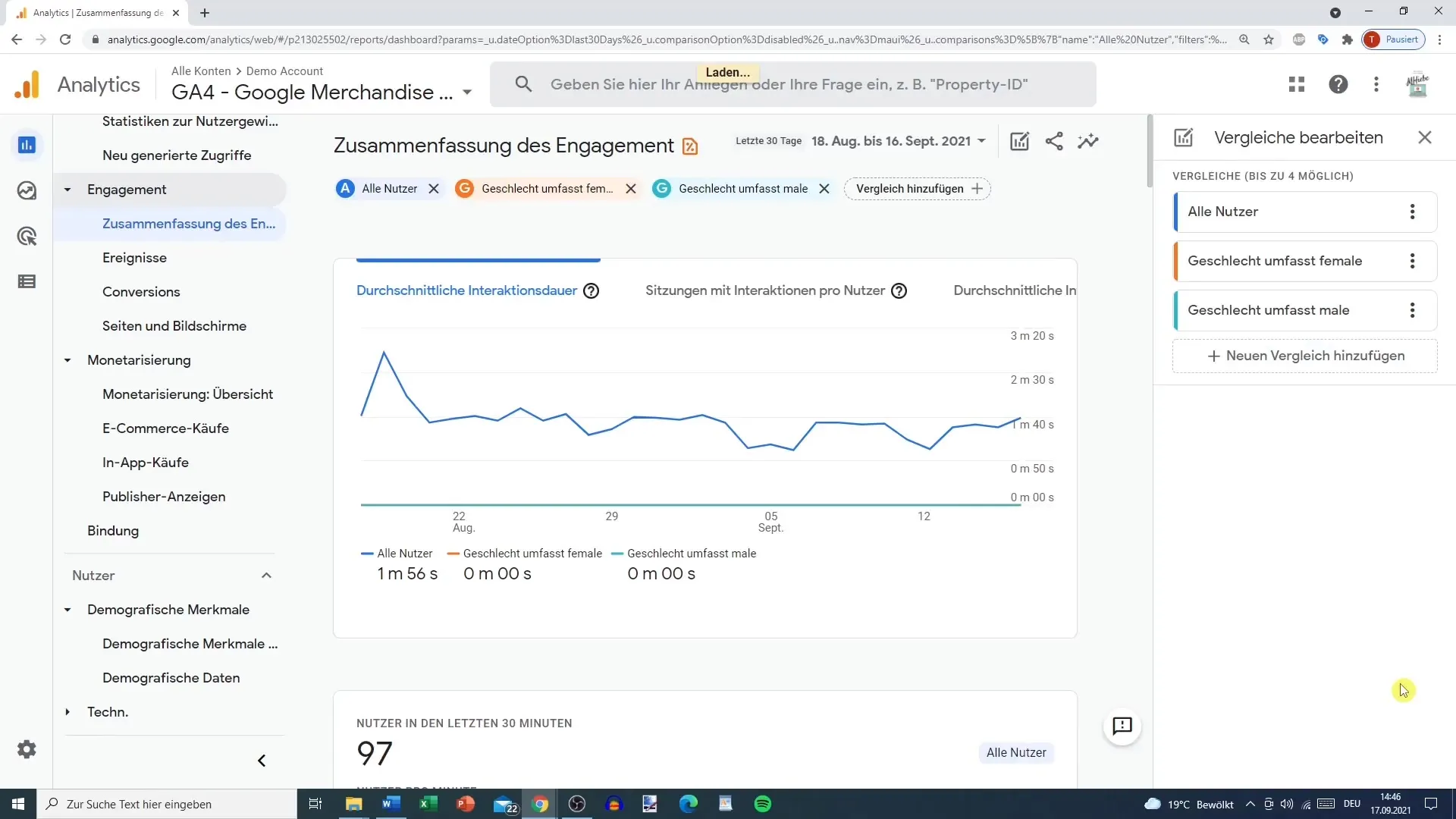
Conclusion on the use of comparisons
Overall, the analytical capabilities in Google Analytics are similar to those in the previous version, Universal Analytics. With the right settings and comparisons, you can gain deeper insights into user behavior on your website.
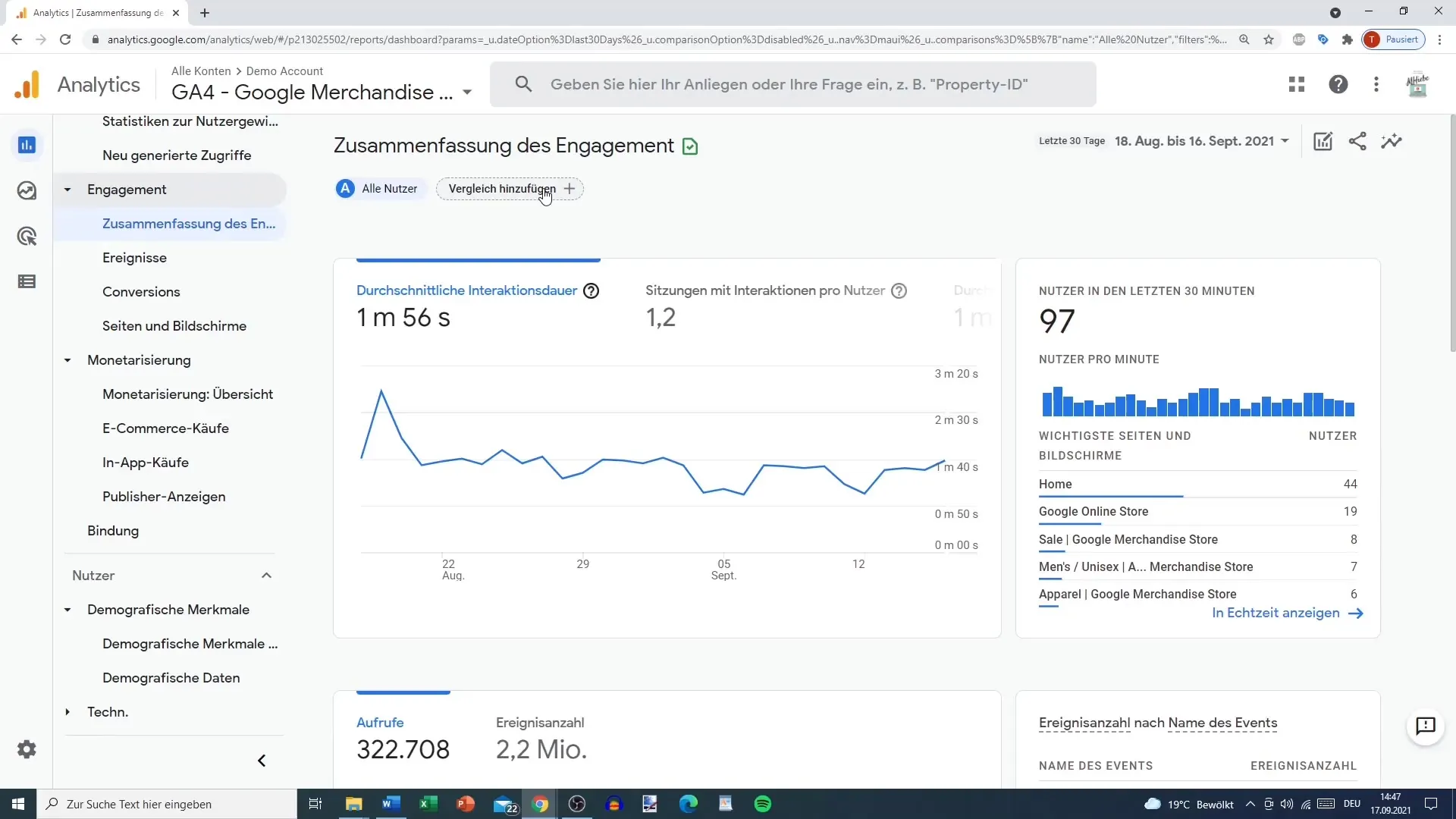
Summary
In this guide, you have learned how to effectively set up and analyze comparisons in Google Analytics. From selecting a time period to combining multiple dimensions, you can gain valuable insights into the behavior of your users.
Frequently Asked Questions
How can I compare time periods in Google Analytics?Click on "Compare" and select the desired time period.
Can I compare multiple dimensions simultaneously?Yes, you can add up to five different dimensions at the same time.
Why are not all demographic data tracked in Google Analytics 4?Some data such as gender and interests are currently not being tracked.
How do I keep my comparisons in other reports?The comparisons set up will remain and be carried over to all other reports.
Can I exclude users by language?Yes, you can exclude and analyze users based on their language.
